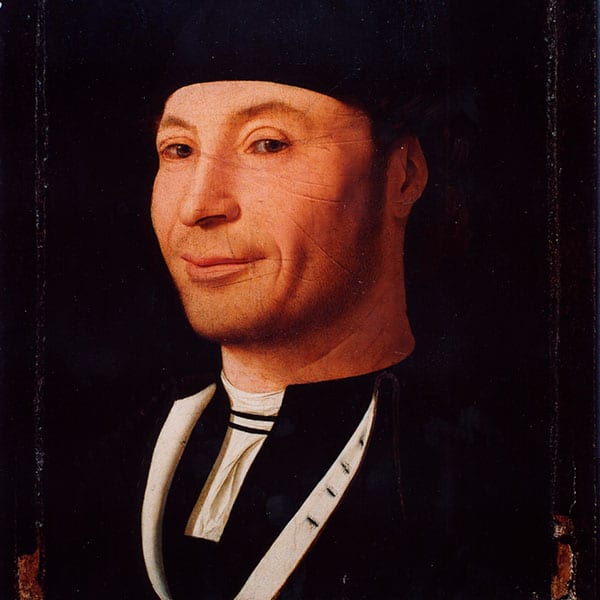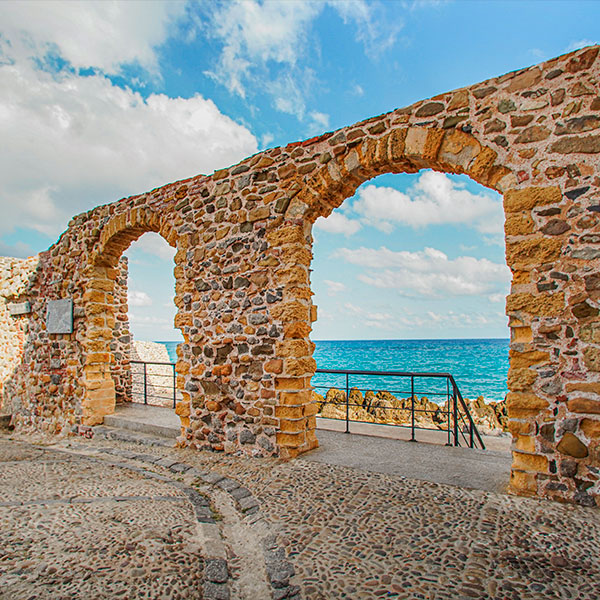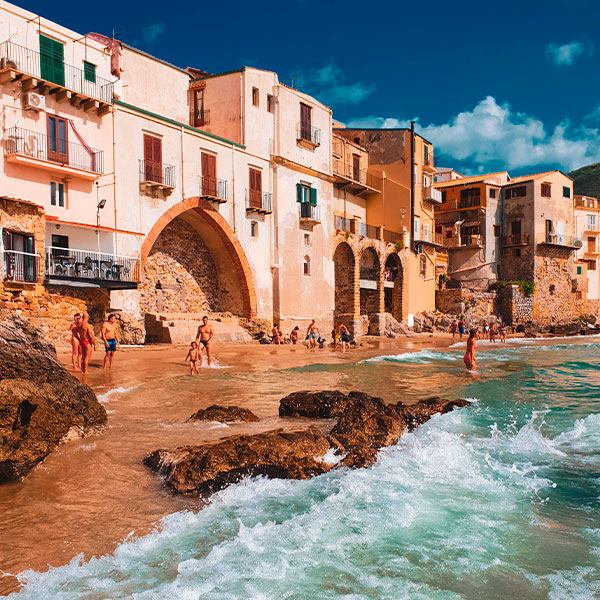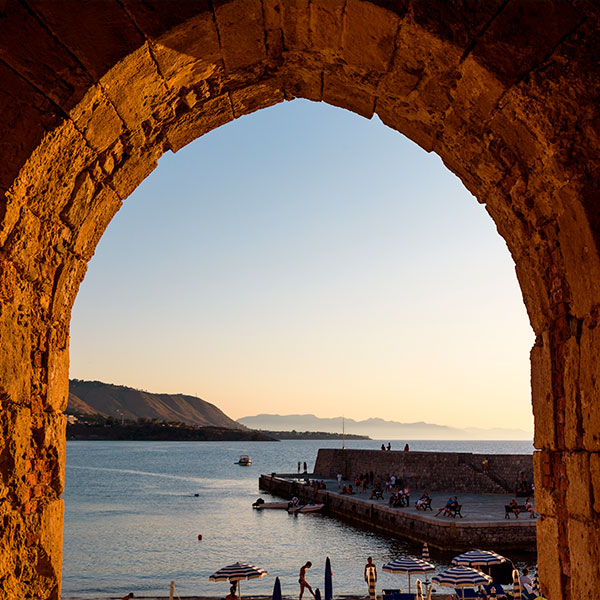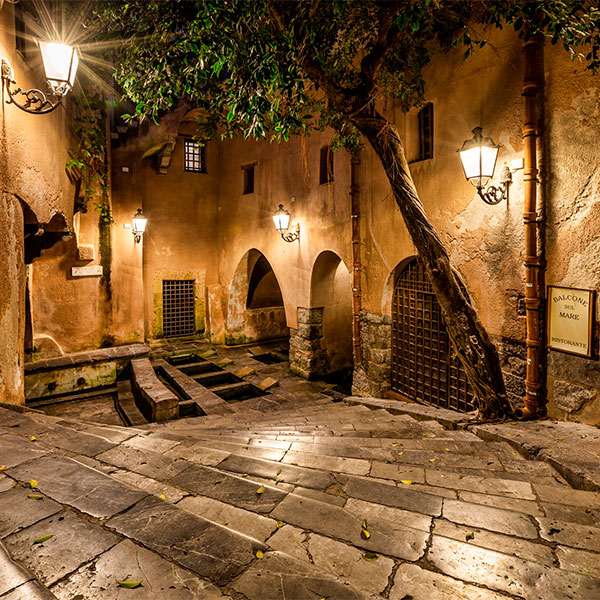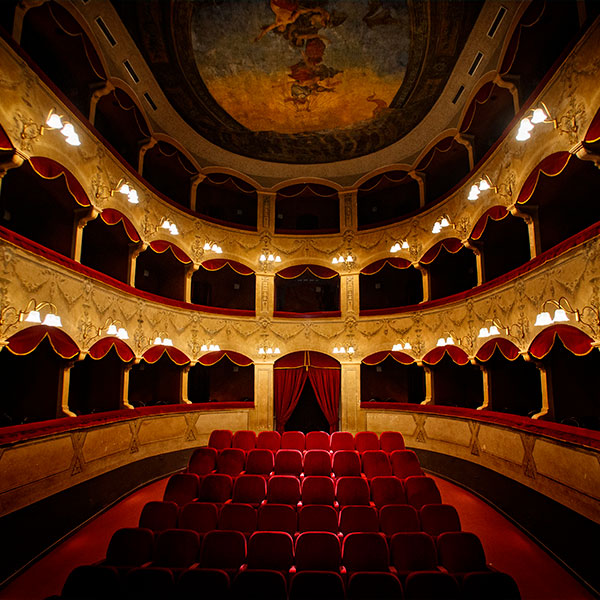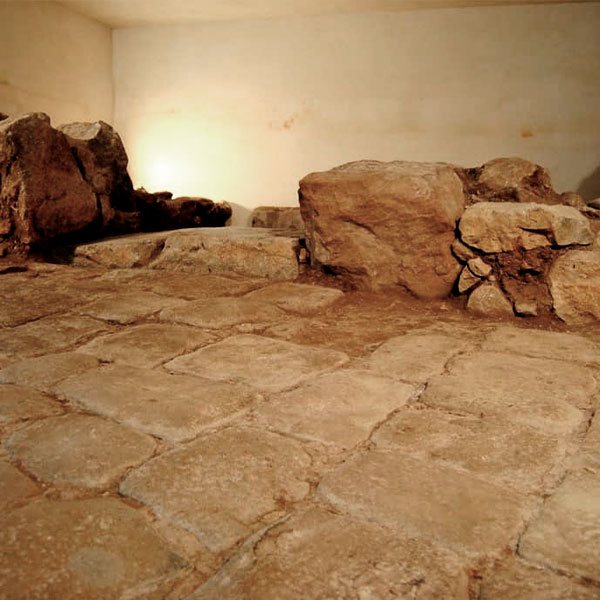What to see in Cefalù is one of the first questions for all those who come to know this “Pearl of the Mediterranean”, set like a gem in an inlet on the northwest coast of Sicily.
The small and charming medieval village of Cefalù stands at the foot of the Madonie mountains and its incomparable beauty has earned several awards for the quality of tourism.
Cefalù extends for about 65 km² to the east in the Metropolitan area of Palermo and boasts an artistic, cultural and natural heritage of inestimable value. Among churches dating back to the Norman period, cobbled streets teeming with life, golden beaches and colerful houses of fisherman overlooking the sea, is a must-see on any trip in this part of Sicily, able to give unforgettable emotions to its visitors both in the coldest months and during the summer season.





